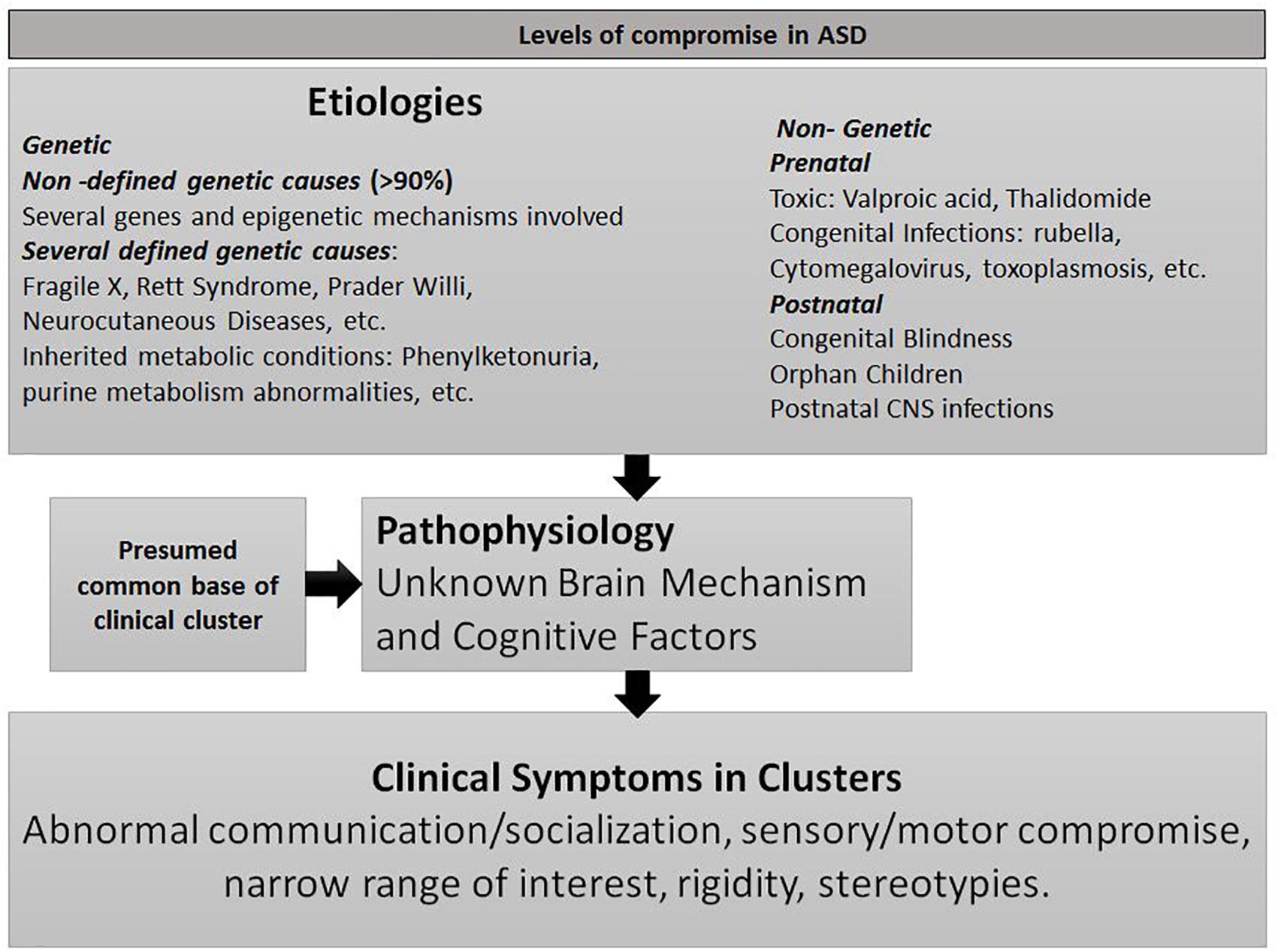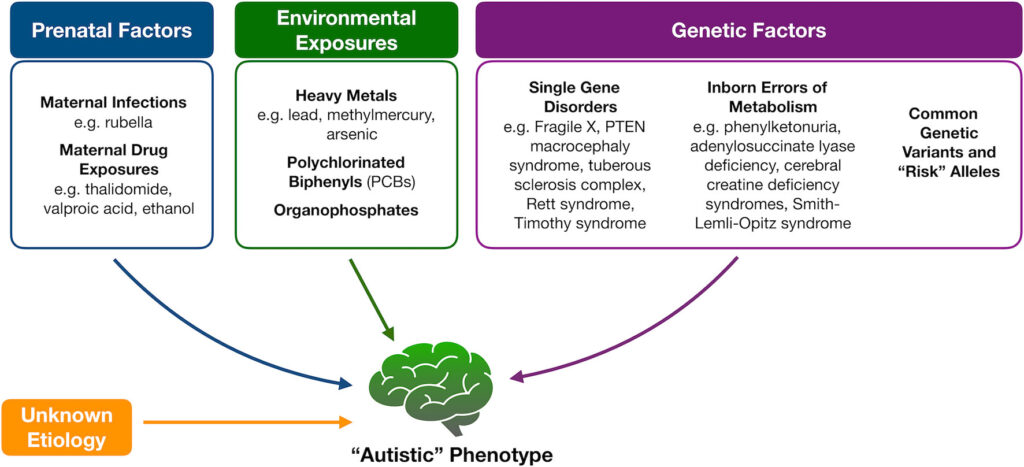Autism Spectrum Disorder, commonly referred to as ASD, is a complex neurodevelopmental condition that affects individuals in various ways. It is characterized by challenges in social interaction, communication, and repetitive behaviors. The spectrum nature of this condition means that no two individuals experience it in exactly the same way. In this article, we will explore what Autism Spectrum Disorder is, its symptoms, how it is diagnosed, and the support options available for individuals and their families.

What is Autism Spectrum Disorder?
Autism Spectrum Disorder is a lifelong condition that typically appears in early childhood. It impacts the way individuals perceive the world and interact with others. People with this condition may have difficulties with verbal and nonverbal communication, forming relationships, and adapting to changes in their environment. At the same time, many individuals with this condition possess unique strengths, such as exceptional attention to detail, strong memory skills, or a deep focus on specific interests.
The term “spectrum” highlights the wide range of abilities and challenges experienced by those with this condition. Some individuals may require significant support in their daily lives, while others may live independently and excel in certain areas. This diversity makes understanding and supporting individuals with this condition both challenging and rewarding.
Symptoms of Autism Spectrum Disorder
The symptoms of this condition can vary widely, but they generally fall into two main categories: social communication challenges and restricted or repetitive behaviors.
Social Communication Challenges
- Difficulty with Verbal Communication: Some individuals may have delayed speech development or may not speak at all. Others may have advanced vocabularies but struggle with the nuances of conversation, such as taking turns or understanding sarcasm.
- Nonverbal Communication Difficulties: This includes challenges with making eye contact, using facial expressions, or understanding body language. These difficulties can make it hard for individuals to connect with others socially.
- Building and Maintaining Relationships: Forming friendships and understanding social norms can be difficult. Individuals may prefer solitary activities or struggle to interpret social cues.
Restricted or Repetitive Behaviors
- Repetitive Movements: Some individuals may engage in repetitive actions, such as hand-flapping, rocking, or spinning objects. These behaviors often serve as a way to self-soothe or manage sensory input.
- Rigid Adherence to Routines: A strong need for consistency and predictability is common. Changes in routine can cause distress or anxiety.
- Intense Focus on Specific Interests: Many individuals develop deep, focused interests in particular topics. While this can be a source of joy and expertise, it may also limit engagement with other activities.
- Sensory Sensitivities: Some individuals are highly sensitive to sounds, lights, textures, or smells, while others may seek out intense sensory experiences. These sensitivities can impact daily life significantly.
Diagnosing Autism Spectrum Disorder
Diagnosing this condition involves a comprehensive evaluation by a team of professionals, including pediatricians, psychologists, and speech therapists. There is no single medical test for this condition; instead, diagnosis is based on observing behavior and developmental history.
Early Signs and Screening
Early identification is crucial for providing timely support. Some early signs include:
- Lack of babbling or pointing by 12 months
- No single words by 16 months
- No two-word phrases by 24 months
- Lack of response to their name
- Avoidance of eye contact
Pediatricians often use standardized screening tools during routine check-ups to identify potential concerns. If a child shows signs of this condition, further evaluation is recommended.
Comprehensive Evaluation Process
A thorough evaluation typically includes:
- Developmental History: Parents or caregivers provide information about the individual’s developmental milestones and behavior patterns.
- Behavioral Observations: Specialists observe the individual in various settings to assess social interaction, communication, and play skills.
- Cognitive and Language Testing: Assessments measure intellectual functioning and language abilities.
- Medical Evaluations: These rule out other conditions that may mimic or co-occur with this condition, such as hearing impairments or genetic disorders.
Support Options for Individuals and Families
While there is no cure for this condition, a variety of interventions and support options can help individuals thrive. Early intervention is particularly important, as it can significantly improve outcomes.
Behavioral Interventions
Behavioral therapies are among the most effective approaches for supporting individuals with this condition. These therapies aim to teach new skills, reduce challenging behaviors, and enhance overall quality of life.
- Applied Behavior Analysis (ABA): This evidence-based approach focuses on reinforcing positive behaviors and teaching new skills through structured sessions.
- Social Skills Training: Programs designed to improve social interaction, such as turn-taking, sharing, and reading social cues.
- Cognitive Behavioral Therapy (CBT): Helps individuals manage anxiety, depression, or other emotional challenges often associated with this condition.
Educational Support
Individualized education plans (IEPs) and specialized classrooms can provide tailored learning environments for children with this condition. These supports may include:
- Small class sizes with low student-to-teacher ratios
- Visual aids and structured schedules to enhance learning
- Speech and occupational therapy integrated into the school day
Therapies for Sensory and Communication Needs
Many individuals benefit from therapies that address sensory processing issues and communication challenges:
- Occupational Therapy: Helps individuals develop fine motor skills, improve coordination, and manage sensory sensitivities.
- Speech Therapy: Focuses on improving verbal and nonverbal communication skills.
- Sensory Integration Therapy: Aims to help individuals process sensory information more effectively.
Family and Community Support
Families play a critical role in supporting individuals with this condition. Access to community resources can make a significant difference:
- Parent Training Programs: Teach strategies for managing challenging behaviors and fostering independence.
- Support Groups: Connect families with others facing similar challenges, providing emotional support and practical advice.
- Respite Care: Offers temporary relief for caregivers, allowing them to recharge and prevent burnout.
Advocacy and Awareness
Raising awareness and advocating for inclusive policies are essential for creating a supportive society. Efforts to promote acceptance and understanding can reduce stigma and ensure that individuals with this condition have equal opportunities in education, employment, and community life.
Co-Occurring Conditions
It is common for individuals with this condition to experience additional conditions, such as anxiety, attention deficit hyperactivity disorder, epilepsy, or gastrointestinal issues. Addressing these co-occurring conditions is an important part of comprehensive care.
Importance of a Holistic Approach
Treating the whole person requires collaboration among healthcare providers, educators, and families. By addressing both the core symptoms of this condition and any related health concerns, individuals can achieve better overall well-being.
Looking Ahead
Research into this condition continues to advance our understanding of its causes, treatments, and long-term outcomes. Innovations in technology, such as assistive communication devices and virtual reality therapies, hold promise for enhancing support options. Ongoing efforts to promote inclusivity and accessibility will further empower individuals with this condition to lead fulfilling lives.





